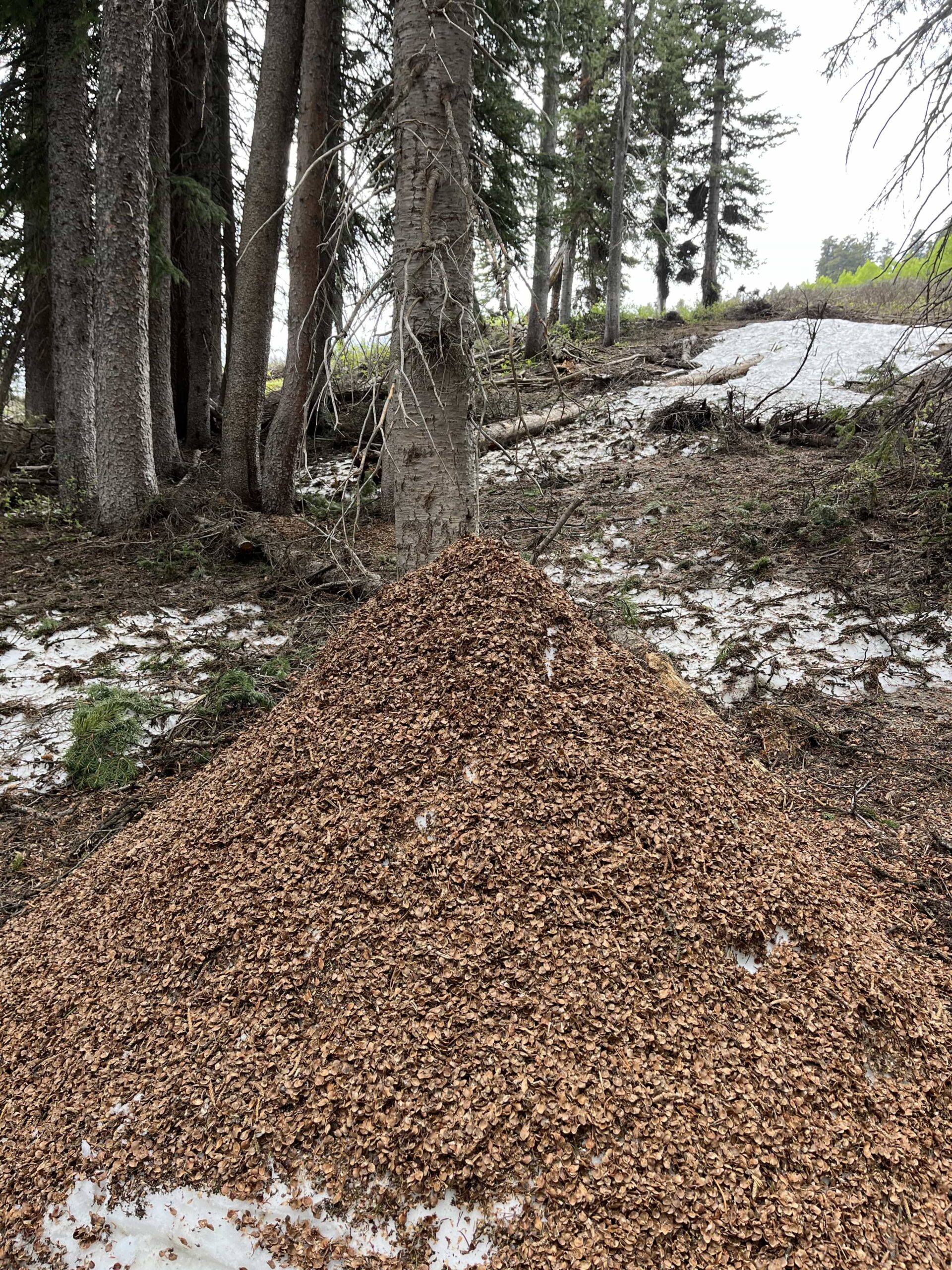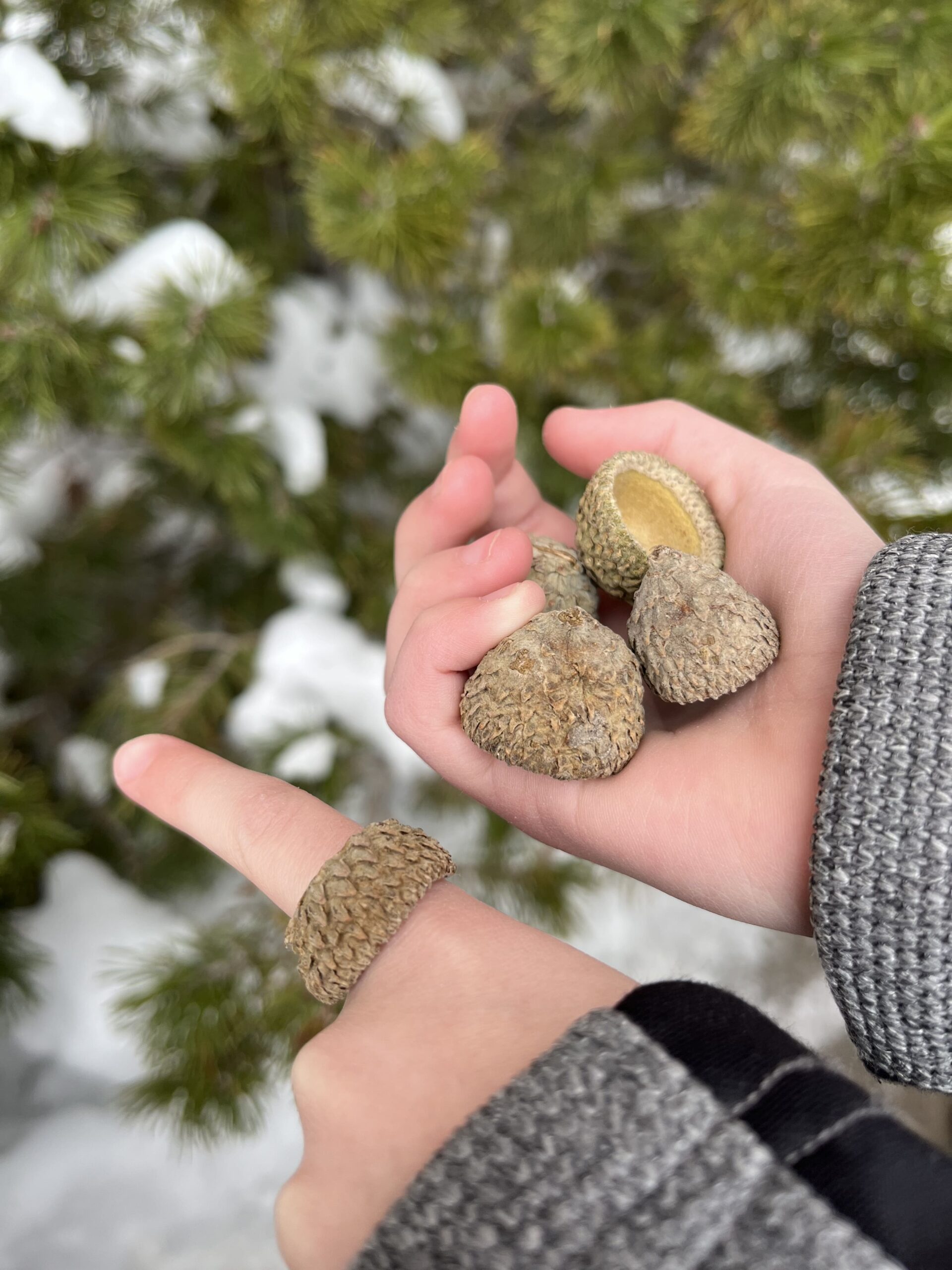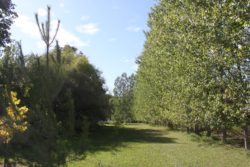
Courtesy & Copyright Giselle Bandley

Courtesy & Copyright Mary Heers
 Sparky the Harvest Master Van
Sparky the Harvest Master Van
Courtesy & Copyright Mary Heers
 Sparky the Harvest Master Van
Sparky the Harvest Master Van
Courtesy & Copyright Giselle Bandley
 We got there too late
We got there too late
Courtesy & Copyright Mary Heers
 One of several sharing locations
One of several sharing locations
“Take what you need.
Leave what you can.”
Courtesy & Copyright Mary Heers
 The tree looked like it could also be 100 years old, with some missing limbs and some broken, brittle branches.
The tree looked like it could also be 100 years old, with some missing limbs and some broken, brittle branches.
But the apricots kept coming.
Courtesy & Copyright Mary HeersWhen I started writing for Wild About Utah, I made myself a promise that each piece would be a journey of learning. This meant I had to actually get in my car and go learn something. This month my journey led me to a venerable old apricot tree in a quiet neighborhood in SW Logan. I was tagging along with volunteers from Utah State University’s club Harvest Rescue.
Harvest Rescue is a community engagement club dedicated to harvesting fruits and vegetables that would otherwise go to waste, and then distributing to people in need.
So last week’s journey began with a phone call from owners of a house in Logan who had moved. The new owners had not yet moved in. The apricot tree next to the house was bursting with apricots ready to pick.
Harvest Rescue posted the address on its volunteer page and a note to be there at 7:30 am on July 24. Five pickers showed up. The tree hadn’t waited for us. Lots of the ripe apricots had fallen to the ground. “Not a problem,” said the lead volunteer. “We’ll pick them up and take them to USU’s compost bin.”
The owner of the house had told us the house was built in 1925. The tree looked like it could also be 100 years old, with some missing limbs and some broken, brittle branches. But the apricots kept coming. She had loved to look out her kitchen window at the bright orange fruit nestled up to the green leaves. “I took so many pictures!”
Just as we were finishing gathering the fallen apricots, the Harvest Master van showed up. This van is a real showstopper –bright green with bicycles and dancing vegetables painted on its sides. The van even had a name, “Sparky,” which was emblazoned on the front with the proud words, “I’m 100 % Electric.”
We unloaded ladders and buckets and got to work. In less than an hour we had that tree picked clean. We now had 113 pounds of apricots that we packaged into small paper lunch bags, about twenty to a bag.
It was now time for the second leg of the journey. We drove to a quiet residential street in North Logan and pulled up in front of what looked like an ordinary house. But a closer look revealed a sign saying, “Families Feeding Families.” It was explained to me that food insecurity in Utah is often hidden. Even people working more than one job can hit a rough patch and need a temporary helping hand. Families Feeding Families reaches out to these people by operating four porch pantries in Cache Valley. Their sign says “Take what you need. Leave what you can.” No questions asked.
This house had devoted the entire left side of its wrap around porch to shelves of donated canned goods and other items. Around the corner was a working refrigerator/freezer. We put the apricots in the refrigerator because they were ready to eat.
The next day I couldn’t resist going by the house and peeking into the fridge. Most of the apricots were gone. The Circle of Giving was complete. I felt a little overwhelmed to have been able to witness such kindness and concern for others on the part of the USU volunteers and the community residents.
Then I heard that someone had shared a recipe for apricot sauce on the Families Feeding Families website. This recipe had worked well for her. For me, it was one more reason to smile.
This is Mary Heers and I’m Wild About Living in Utah
Credits:
Photos: Courtesy and Copyright Mary Heers as well as Giselle Bandley
Featured Audio: Courtesy & © Anderson, Howe and Wakeman.
Text: Mary Heers, https://cca.usu.edu/files/awards/art-and-mary-heers-citation.pdf
Additional Reading: Lyle Bingham, https://bridgerlandaudubon.org/
Additional Reading
Wild About Utah, Mary Heers’ Wild About Utah Postings

Courtesy & Copyright Utah Families Feeding Families
How to Grow Apricots in Your Home Garden, Extension, Utah State University, https://extension.usu.edu/yardandgarden/research/apricots-in-the-home-garden
Harvest Rescue, Christensen Office of Service & Sustainability, https://www.usu.edu/service-sustainability/






